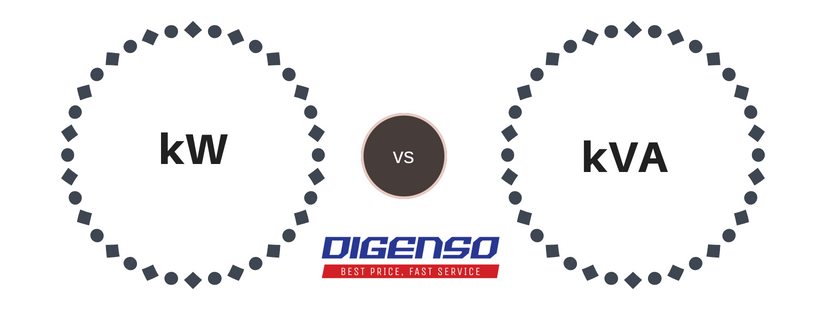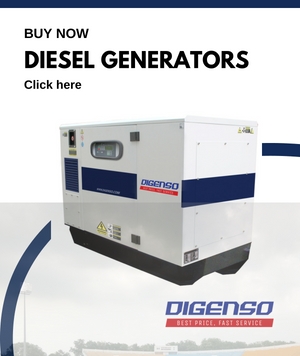- 98 Nguyen Cong Tru Nguyen Thai Binh Ward, District 1, Ho Chi Minh City
- [email protected]
- (+84) 0287 1069 898
What is the difference between kVA and KW?
When buying a generator, you will probably be met with the question of “What size do you need?” Generator size is measured in kilovolt-amperes (kVA), but as kVA isn’t a widely known term outside of the generator industry, it can be confusing to identify which size you require.
You may, however, know how much power you need in kilowatts (kW). So what’s the difference between kW and kVA, and how do you convert between the two?
kW vs kVA
kW is the amount of ‘actual power’ an electrical system has. This shows you how much power is being converted into useful, working output.
kVA, on the other hand is the measure of ‘apparent’ power. If kW is how much power you can work with, kVA tells you how much is being used in the system overall.
If the efficiency of an electrical system is perfect, then kW would be equal to kVA. But because no system is completely efficient, not all of the apparent power will be converted into useful output.
Converting kW to kVA
To convert kW to kVA, you first need to know the efficiency (or power factor) of the system. Power factor (pf) is measured on a scale from 0 to 1.
On average, a generator will have a power factor of 0.8.
The formula for converting kW to kVA is: kW / pf = kVA e.g. 200 kW / 0.8 pf = 250 kVA
The formula for converting kVA to kW is: kVA x pf = kW e.g. 250 kVA x 0.8 pf = 200 kW
While it can be helpful to have a good idea of the generator size you need, don’t worry if you’re unsure, or you don’t feel confident converting between kW and kVA yourself.
If you hire one of our generators, your local sales engineer will be able to help you identify the most suitable equipment for your project.
They will take the time to get to know your job and discuss exactly what you will be powering and for how long. From there, they can advise on the most suitable generator size, fuel tank and other ancillary items.
Digenso Generator Power
- Digenso aims to be the first e-commerce platform to connect suppliers and customers for industrial diesel generators.
- We provide wide range of options that best suit customer demands
Click here to find out more about our generator power. Or if you’d like to discuss an upcoming project, give us a call on 028 7106 9898 or get in touch via the website.




